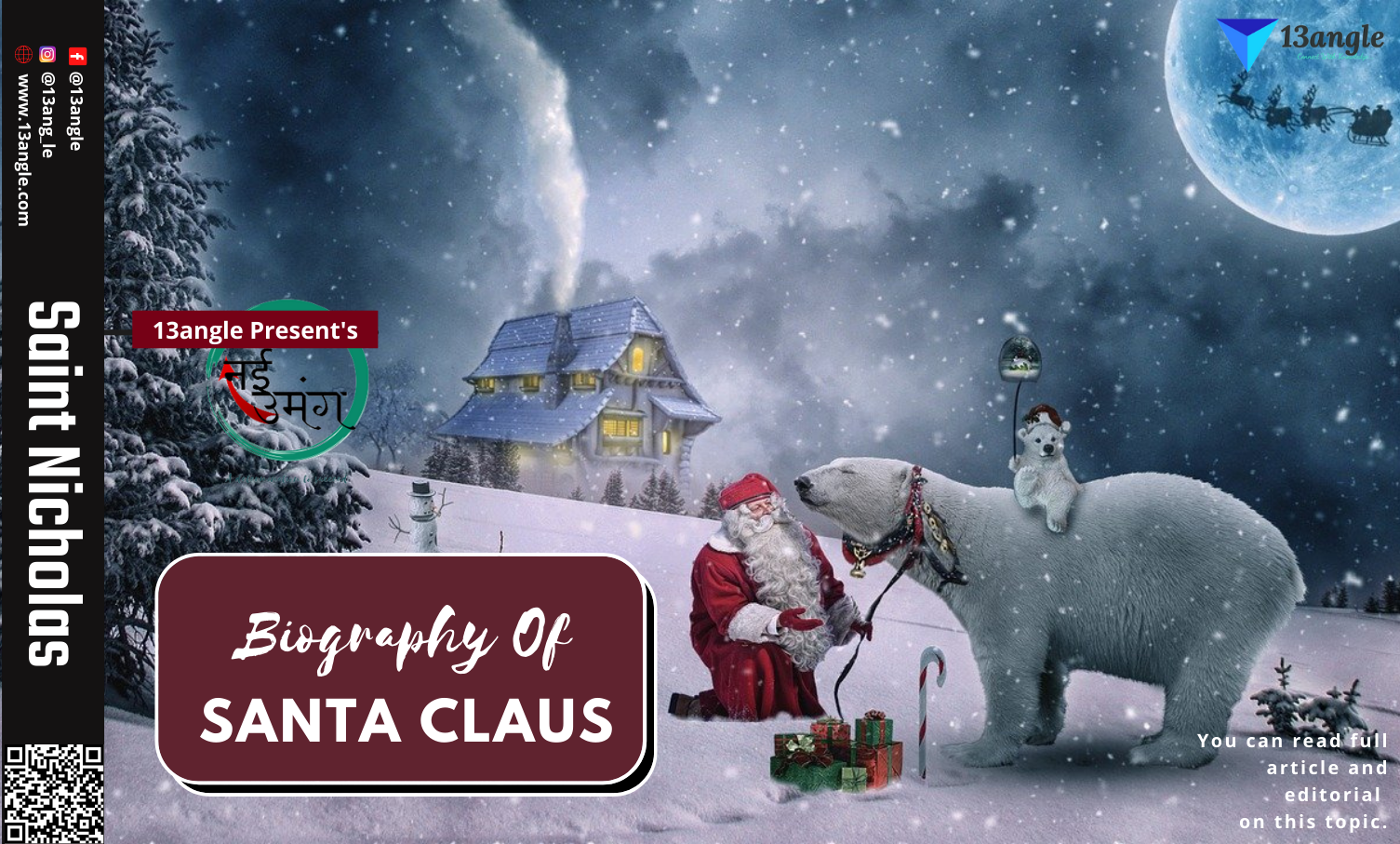Santa Claus
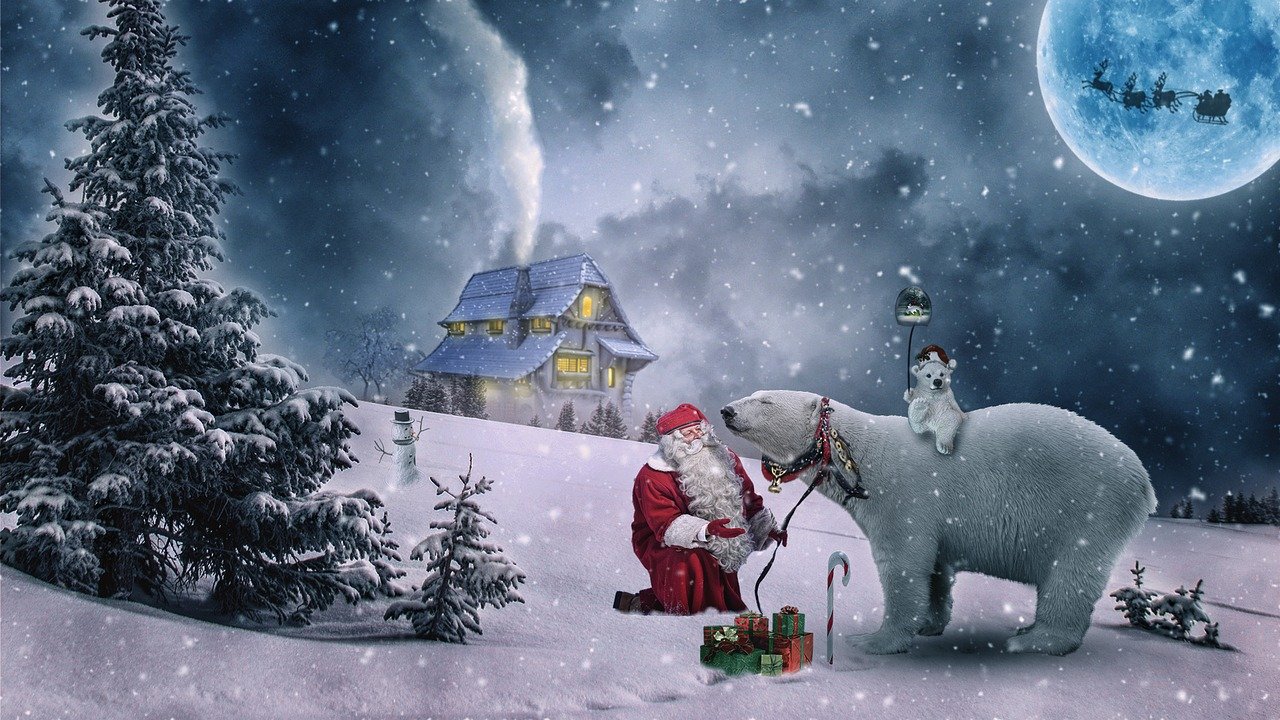
Introduction
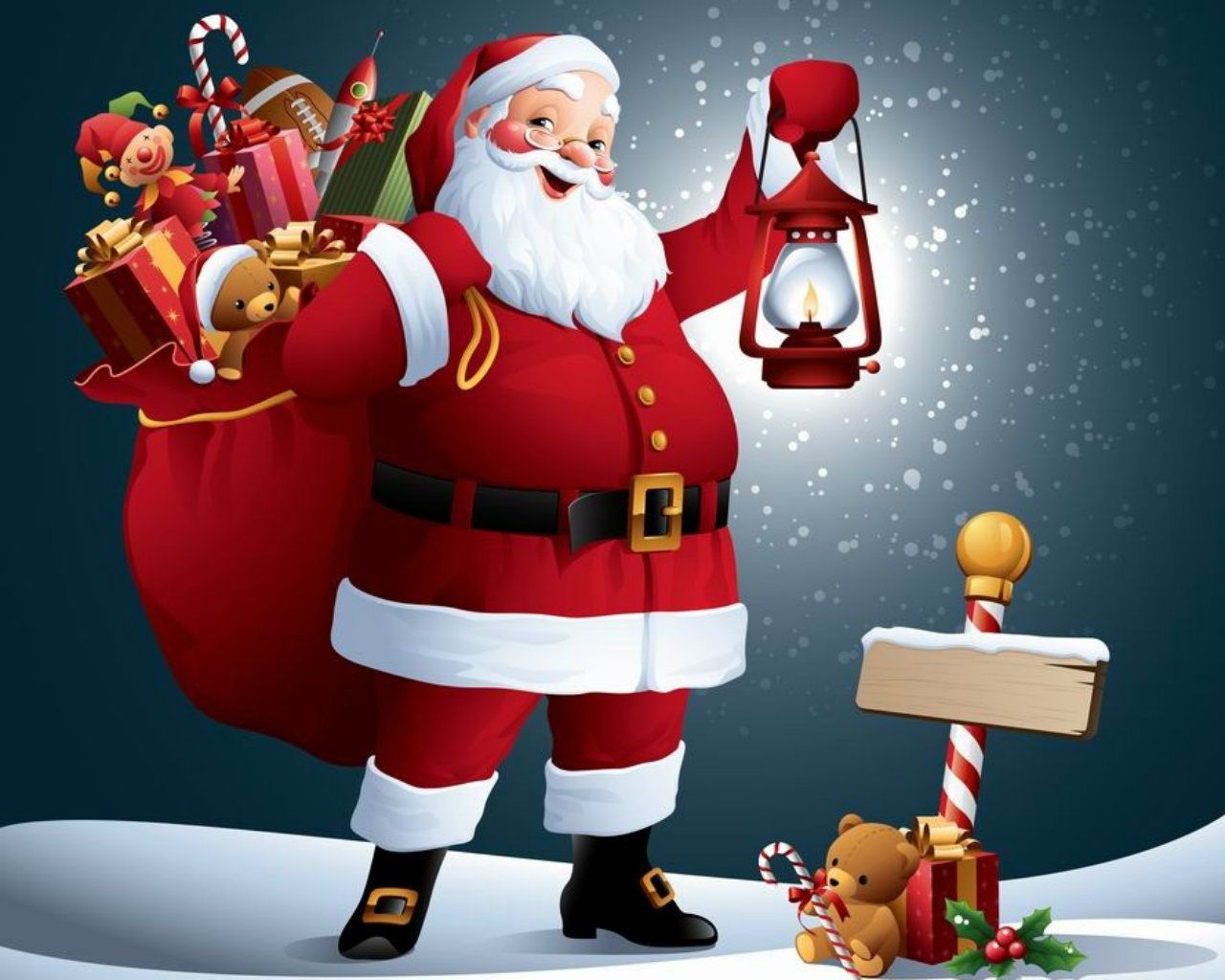
Santa Claus is a very popular figure in Christian countries who is known for giving gifts to children on the eve of Christmas. Santa Claus is also known as the Father of Christmas. Santa Claus is known by many names such as St. Nicholas, St. Nick, Kris Kringle, Sinterklaas, or simply Santa Claus. Santa gifts toys, candy or coals or whatever depending on whether the kids are “naughty or nice”. He is said to accomplish this with the help of the Christmas Elves, who make toys in his workshop at the North Pole.

The modern character of Santa is based on the traditions surrounding the historical Saint Nicholas, the English figure of Father Christmas, and the Dutch figure of Sinterklaas.
Santa Claus is usually depicted as a modest, cheerful, white-bearded old man, often with glasses, wearing a red coat with a white fur collar and cuffs, white fur-cuffed red trousers, with white fur. With a red hat, and black leather belt, and black shoes, tote bags full of gifts for the kids. He is usually depicted laughing like “Ho ho ho”.
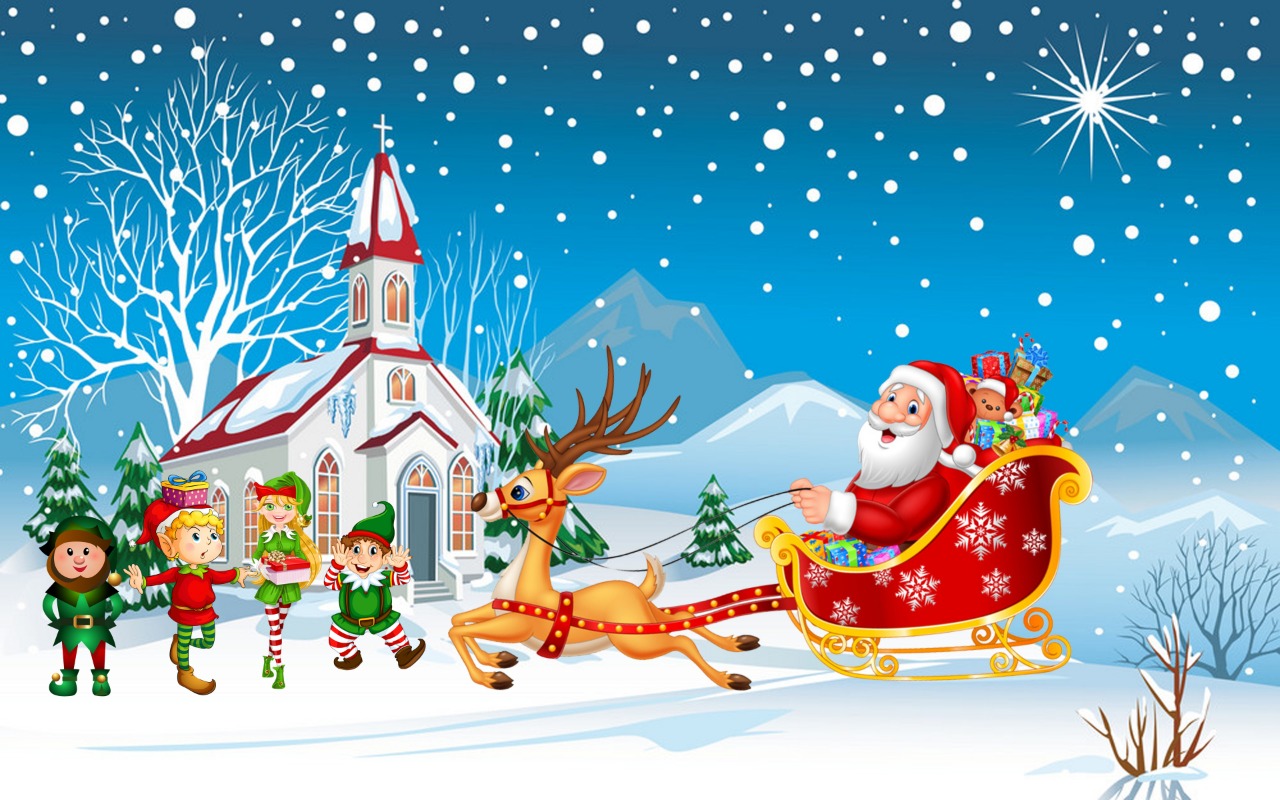
The image became popular in western countries in the 19th century due to the significant influence of the 1823 poem “A Visit from St. Nicholas”. Caricaturist and political cartoonist Thomas Nast also played a role in the creation of the image of Santa. This image has been maintained and strengthened through song, radio, television, children’s books, family Christmas traditions, films and advertising.
History
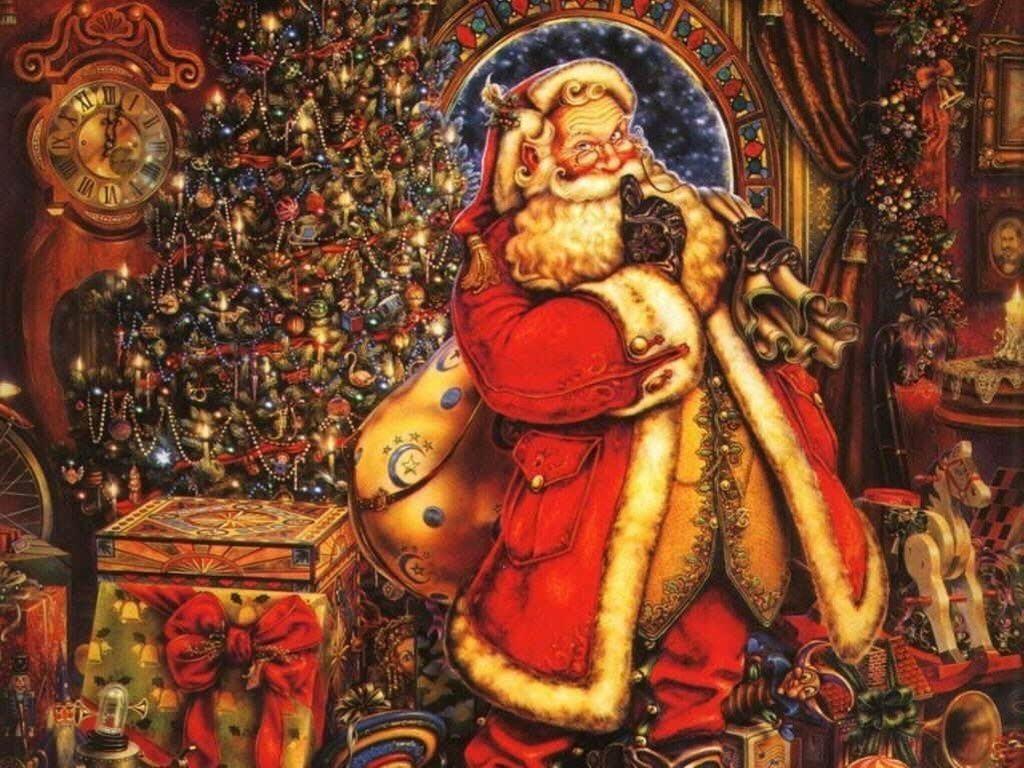
The story behind Santa dates back to the time of Saint Nicholas, a monk in the 3rd century, although some sources state that he was a bishop. Legend says that Nicholas had a spirit of giving and traveled the countryside to help the less fortunate and sick. Nicholas’ parents were wealthy and they left the bulk of their wealth to Nicholas when he died. Always having the spirit of giving, Nicholas took his inheritance and gave it to the less fortunate and lived a life of humility. December 6 is the death anniversary of Nicholas. By the time of the Renaissance, St. Nicholas was the most popular saint in Europe. Saint Nicholas was canonized by Pope Eugene IV on June 5, 1446, and became known as the patron saint of children and sailors.
18th Century:-
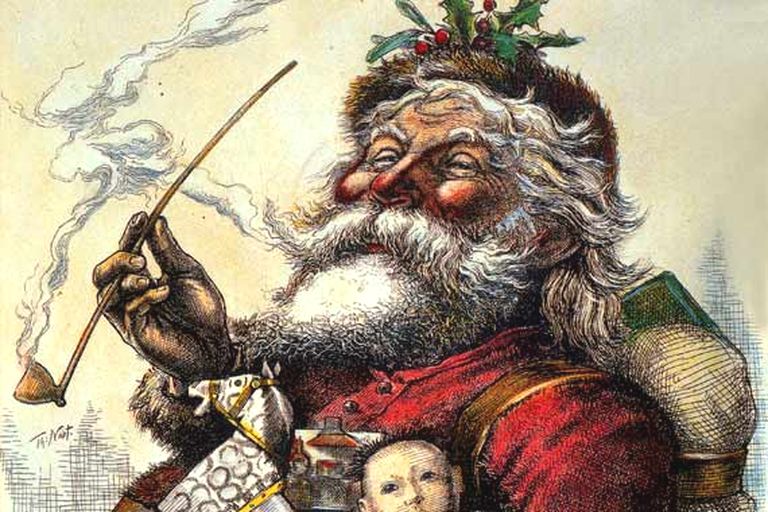
Waves of European immigrants brought the tradition of the holiday of St. Nicholas to America. By the end of the eighteenth century, St. Nicholas was recognized by American culture. In December of 1773 and December of 1774, it was reported that groups of Dutch families had gathered in New York to honor the anniversary of Nicholas’ death. The name, Santa Claus, was said to develop from Nick’s Dutch surname, Sinter Klass, which translates as the Dutch name for St. Nicholas.
19th century:-
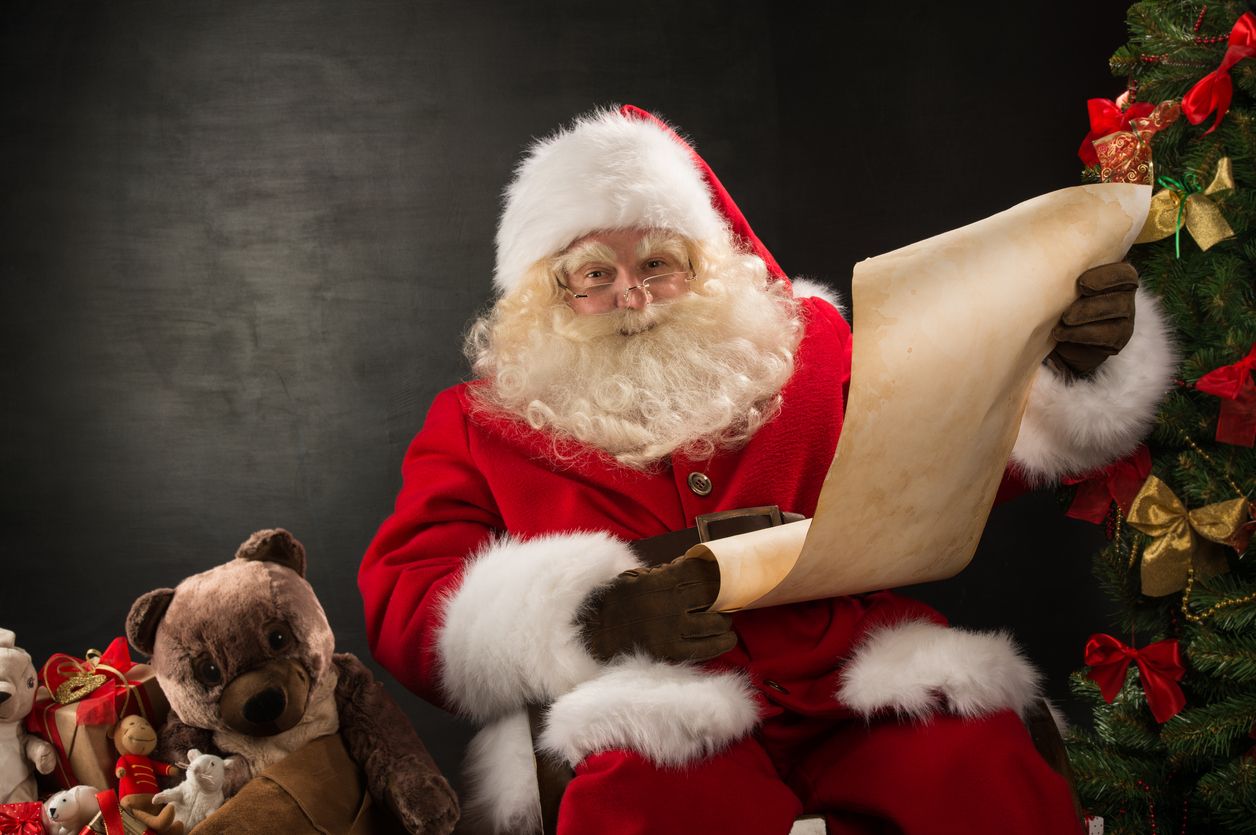
Gift-giving, a custom that was passed down from St. Nicholas’ generosity of helping others has been a part of the Christmas tradition since the early 19th century. In the United States, stores advertised Christmas shopping in 1820, and by 1840, newspapers in the United States were carrying Christmas ads featuring Santa Claus. In 1841, several children traveled to Philadelphia to see a life-size Santa model. The allure of Santa and Christmas giving was becoming popular in the United States. In the early 1890s, the Salvation Army began sending unemployed men in Santa suits to solicit donations to provide Christmas meals to families in need. Since the beginning of this helping tradition, Salvation Army saints have ringed their bells on street corners and in front of shops to collect donations for the needy.
One notable Christmas poem, “An Account of a Visit from St. Nicholas”, was written by Clement Clarke Moore, an Episcopal minister to his three daughters. This poem later became known as “The Night before Christmas”. Moore was hesitant to publish the poem because of the poem’s subject matter. The poem’s publication inspired the popular version of Santa as a “cheerful old spirit” with a partial and ability to climb into chimneys to leave presents under trees for good boys and girls. After leaving the presents at one house, he would drive to another house on a sleigh being pulled by eight flying reindeer.
Christmas poem- “An Account of a Visit from St. Nicholas”
-By Clement Clark Moore
A VISIT FROM ST. NICHOLAS
‘Twas the night before Christmas, when all through the house
Not a creature was stirring, not even a mouse;
The stockings were hung by the chimney with care,
In hopes that St. Nicholas soon would be there;
The children were nestled all snug in their beds,
While visions of sugar-plums danced in their heads;
And Mama in her ‘kerchief, and I in my cap,
Had just settled our brains for a long winter’s nap;
When out on the lawn there arose such a clatter,
I sprang from the bed to see what was the matter.
Away to the window I flew like a flash,
Tore open the shutters and threw up the sash.
The moon on the breast of the new-fallen snow
Gave the luster of mid-day to objects below,
When, what to my wondering sight should appear
But a miniature sleigh, and eight tiny reindeer,
With a little old driver, so lively and quick,
I knew in a moment it must be St. Nick.
More rapid than eagles his coursers they came,
And he whistled, and shouted, and called them by name:
“Now, Dasher! now, Dancer! now, Prancer and Vixen!
On, Comet! on, Cupid! on, Donder and Blitzen!
To the top of the porch! to the top of the wall!
Now dash away! dash away! dash away all!”
As dry leaves that before the wild hurricane fly,
When they meet with an obstacle, mount to the sky,
So up to the house-top the coursers they flew,
With the sleigh full of toys, and St. Nicholas too.
And then, in a twinkling, I heard on the roof
The prancing and pawing of each little hoof—
As I drew in my head and was turning around,
Down the chimney St. Nicholas came with a bound.
He was dressed all in fur from his head to his foot,
And his clothes were all tarnished with ashes and soot;
A bundle of toys he had flung on his back,
And he looked like a peddler just opening his pack.
His eyes—how they twinkled! his dimples how merry!
His cheeks were like roses, his nose like a cherry!
His droll little mouth was drawn up like a bow,
And the beard of his chin was as white as the snow;
The stump of a pipe he held tight in his teeth,
And the smoke it encircled his head like a wreath;
He had a broad face and a little round belly,
That shook when he laughed, like a bowlful of jelly.
He was chubby and plump, a right jolly old elf,
And I laughed when I saw him, in spite of myself;
A wink of his eye and a twist of his head
Soon gave me to know I had nothing to dread;
He spoke not a word, but went straight to his work,
And filled all the stockings; then turned with a jerk,
And laying his finger aside of his nose,
And giving a nod, up the chimney he rose;
He sprang to his sleigh, to his team gave a whistle,
And away they all flew like the down of a thistle.
But I heard him exclaim, ere he drove out of sight,
“Happy Christmas to all, and to all a good night.”
-By Clement Clark Moore
20th Century:-

Images of Santa went through many changes through the years. Santa was not always depicted as a cheerful spirit with a red coat and pant, rosy cheeks, white beard, fat belly, and black shoes, leather belt.
Before 1931, Santa was depicted as a tall skinny man or a creepy-looking elf. At one point in history, Santa’s clothing varied from bishop’s robe to Norse hunter-gatherer animal skin clothing. During the Civil War, a cartoonist, Thomas Nast, drew Santa as a little elf for Harper’s Weekly, which supported the Union.
In later years, Nast changed Santa’s clothes from a tan coat to a red coat, which is the color currently used for Santa’s clothing.
Tradition And Culture
Christmas Eve Traditions Around The World:-
In the United States and Canada, children traditionally leave a glass of milk and a plate of cookies for Santa to consume.

In Britain and Australia, sherry or beer, and mince pies are omitted instead.

In Denmark, Norway, and Sweden, it is common for children to skip rice porridge with sugar and cinnamon.

In Ireland, it is popular to leave Guinness or milk with Christmas pudding or mince pie.
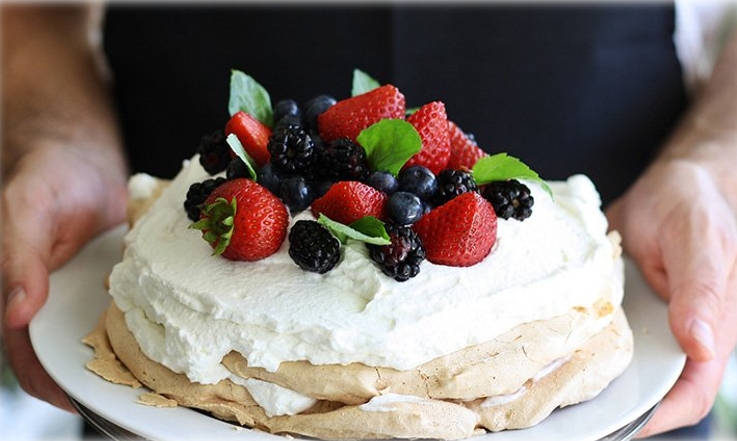
In Hungary, Saint Nicholas (Santa Claus) arrives at night and the children receive their presents the next morning. They get sweets, toys in a bag if they are good, and a golden birch is not good.

In Slovenia, St. Nicholas also brings small gifts for well-to-do children on the eve of 6th December. Božiček (Christmas Man) brings gifts on the eve of 25th December, and Dedek Merz (Grandfather Frost) brings gifts on the evening of 31st December, to be opened on New Year’s Day.
In countries like New Zealand, Britain, Australia, Ireland, Canada, and America children leave a carrot for Santa’s reindeer and are told they will get a lump of coal in their stockings if they do not do well throughout the year, although actual practice giving coal is now considered very old. Children who follow the Dutch custom for Sinterklaas will “remove their shoe” (before going to bed, sometimes a few weeks before Sinterklaas avond, leave hay and a carrot for their horse in a shoe).
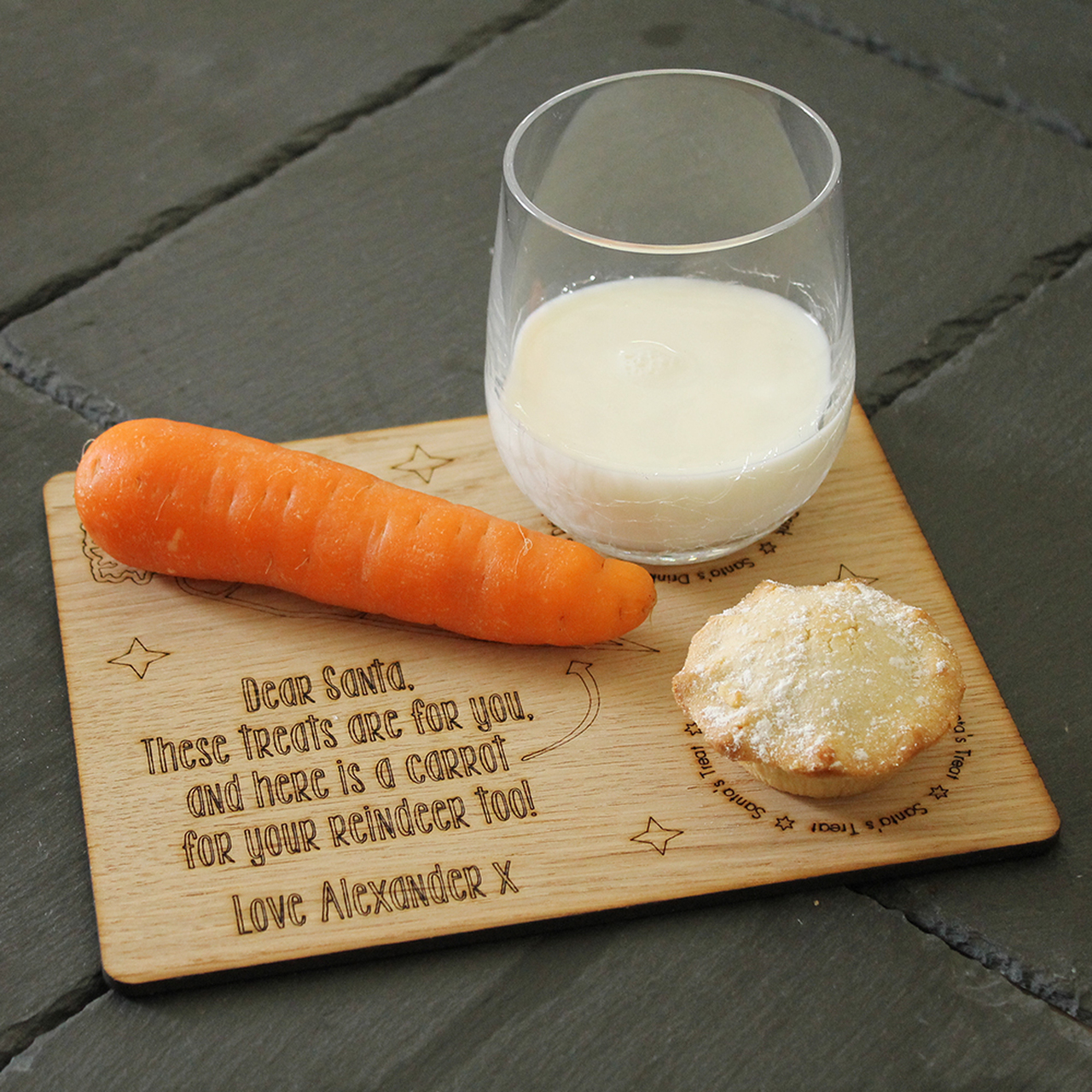
The next morning they will find that hay and carrots have been replaced with gifts; often, it is a marzipan figurine. Naughty children were once told that they would be left with a roe (a bundle of sticks) instead of sweets and toys, but this practice has been discontinued.
After the kids have fallen asleep, the parents take on the role of Santa Claus and leave their presents under the Christmas tree. Tags on gifts for children are sometimes signed “from Santa Claus” by their parents before the gifts are placed under the tree.
Chimney Tradition:-
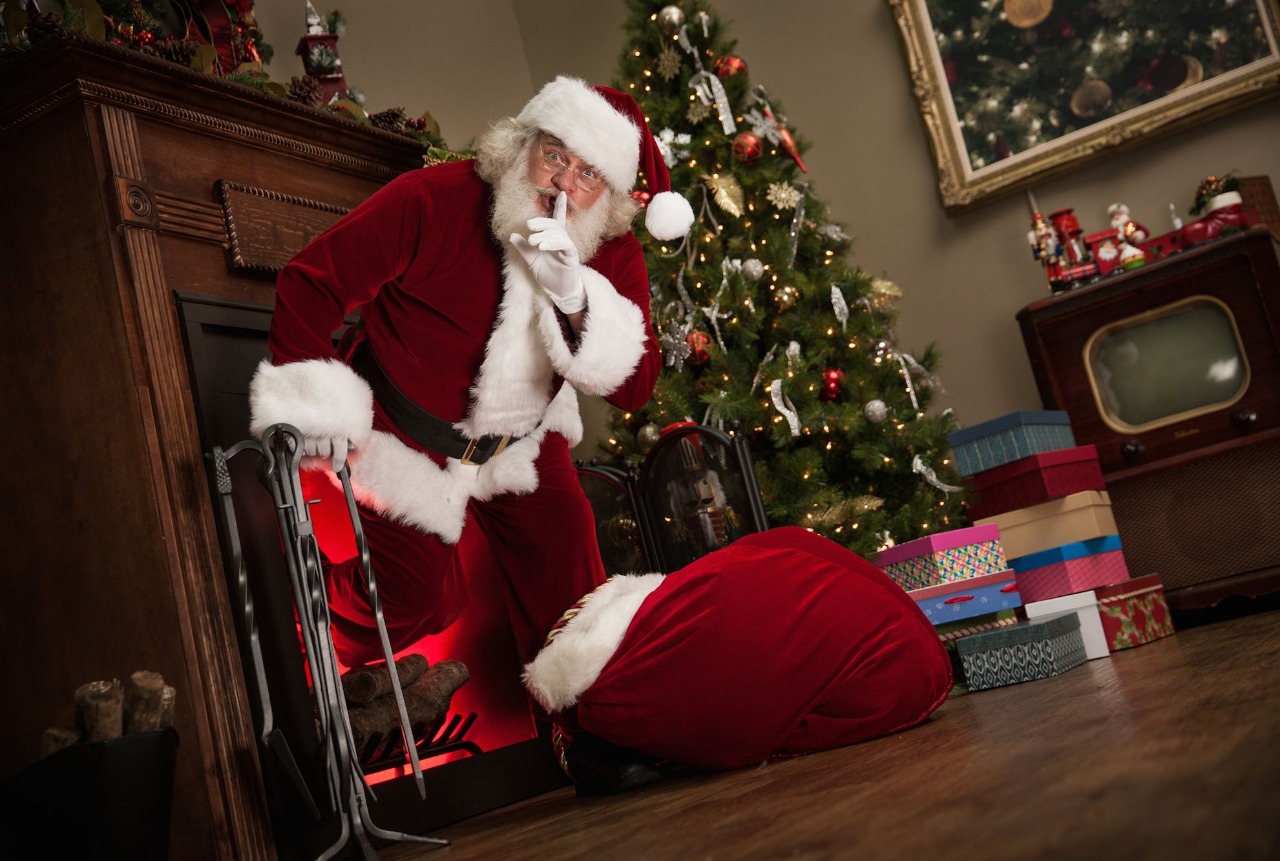
The tradition of Santa Claus entering homes through the chimney is shared by many European seasonal gift-givers. In pre-Christian Norse tradition, Odin often entered the house through the chimney on the solstice. In the story of St. Nicholas, St. Nicholas throws coins through a window, and in a later version of the story, down a chimney when the window is closed. In Dutch artist, Jan Stein’s painting, The Feast of St. Nicholas, adults and children look at a fireplace with astonishment on their faces, while other children play with their toys. The hearth was considered sacred in primitive belief as a source of favor, and popular belief had elves and fairies bringing gifts into the home through this portal. Santa’s entry into homes through the chimney on Christmas Eve was made part of American tradition through the poem “A Visit from St. Nicholas” where the author described him as an elf. The poem “A Visit from St. Nicholas” is mentioned above in the History section.
Ho, ho, ho
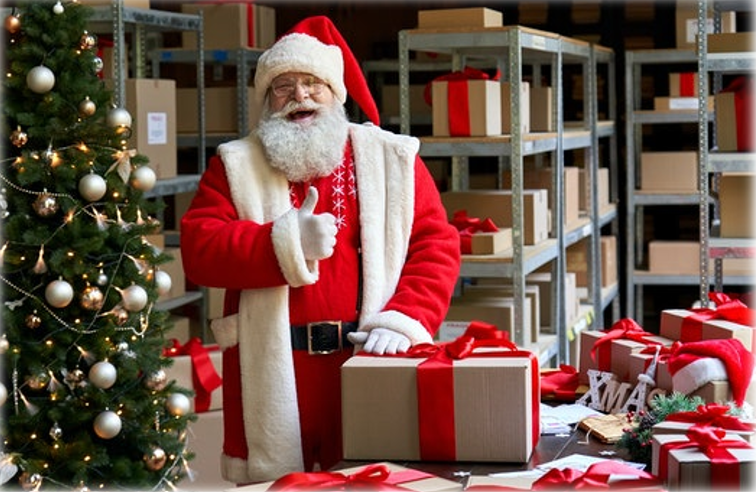
Ho ho ho is the way how Santa Claus expresses his joy and happiness. If Santa Claus said ‘Ha Ha Ha’, people may think he was laughing at them!
The laughter of Santa Claus has long been an important attribute by which the character is identified, but it also does not appear in many non-English-speaking countries.
The traditional Christmas poem A Visit from St. Nicholas relates that Santa has:
A little round belly
That shook when he laughed, like a bowl full of jelly
“Ho, ho, ho! Merry Christmas”
Letter Writing Tradition:-
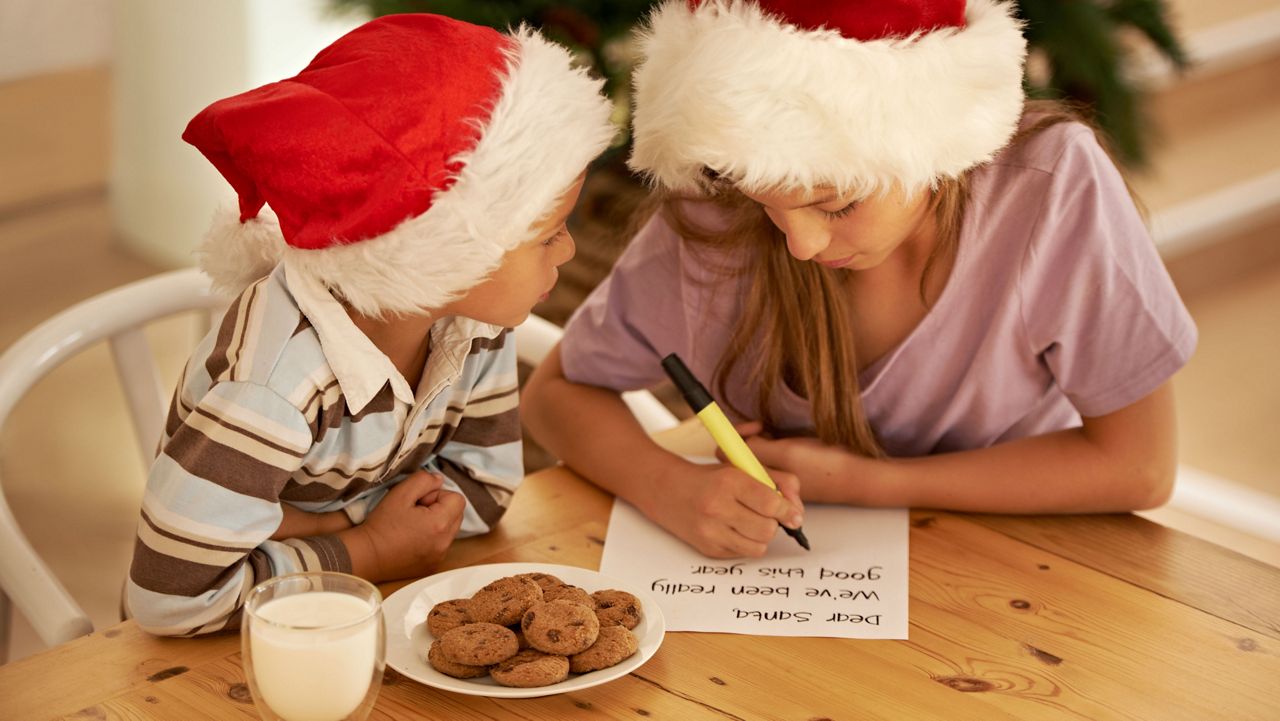
Writing letters to Santa Claus has been a Christmas tradition for children for many years. These letters usually contain a wish list of toys and gifts for their good behavior throughout the year. Many postal services allow children to send letters to Santa Claus. These letters can be answered by postal workers or outside volunteers.
In countries such as Mexico and Latin American countries, children wrap their letters in a small helium balloon, releasing them into the air so that Santa can magically receive them and send presents to them.
In Popular Culture
In Movies:-

In 1912, actor Leedhum Bantock became the first actor to play Santa Claus in a film.
Santa Claus is voiced by several people in the animated base, including Stan Francis, Mickey Rooney, Ed Asner, John Goodman and Keith Wickham.
Since then, Santa Claus has been featured as the protagonist in several feature movies, including Miracle on 34 Street, The Santa Claus and The Elf. Santa Claus is a sociable character at all Disney parks and resorts during the holiday season and can be seen during various parades throughout the park. His grotto is usually located in Fantasyland.
Santa Claus also appears in some video games.
Marvel comics named Santa as “the most powerful mutant ever.”
Santa Claus A Positive Male Cultural Symbol:-
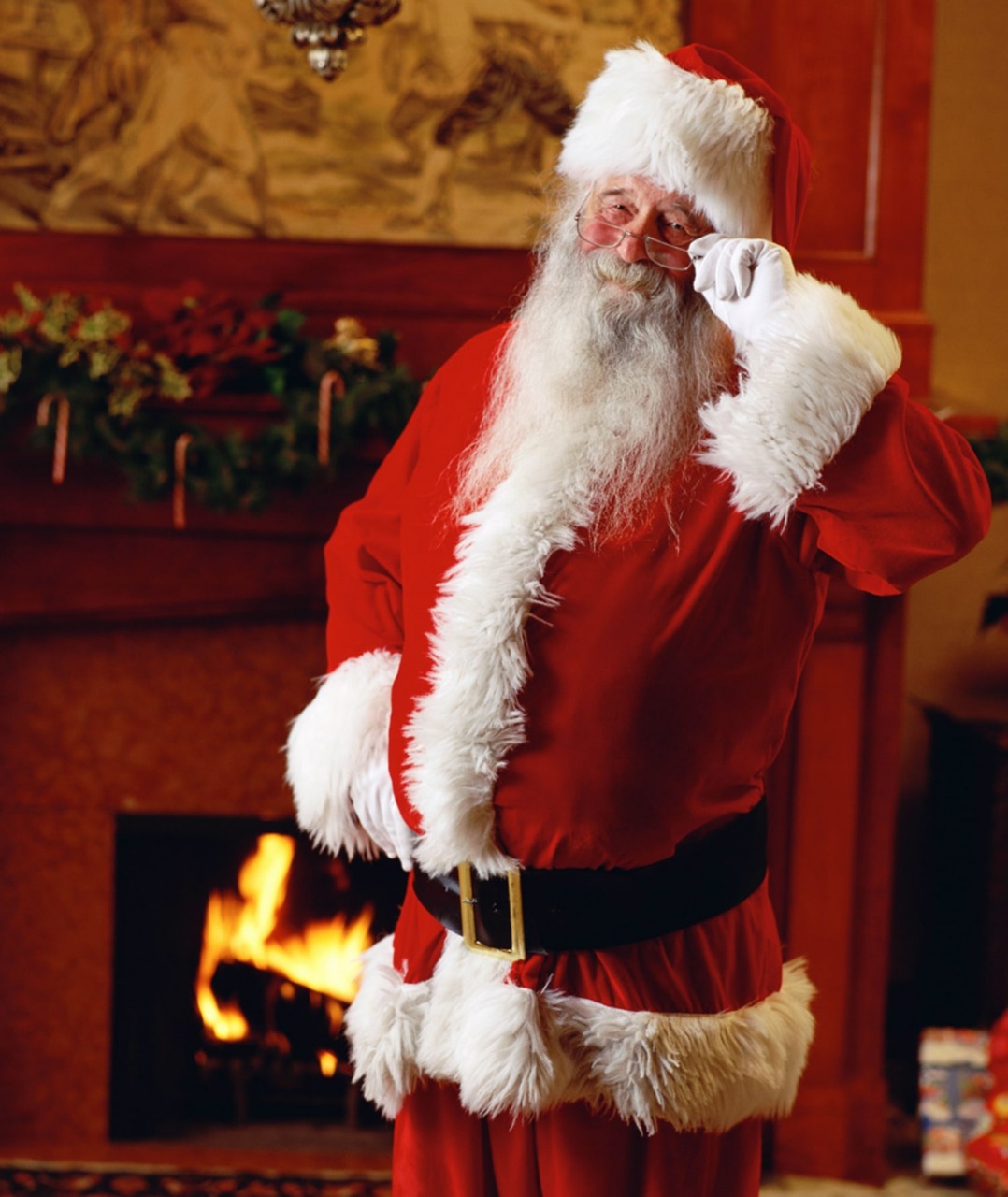
Santa is really the only cultural symbol in the form of a man who doesn’t have a gun, and is about peace, joy, giving, and caring for other people. Santa Claus is very much organic, integral, attached to the past, and therefore to the future.
Mountain Peak Named After Santa:-
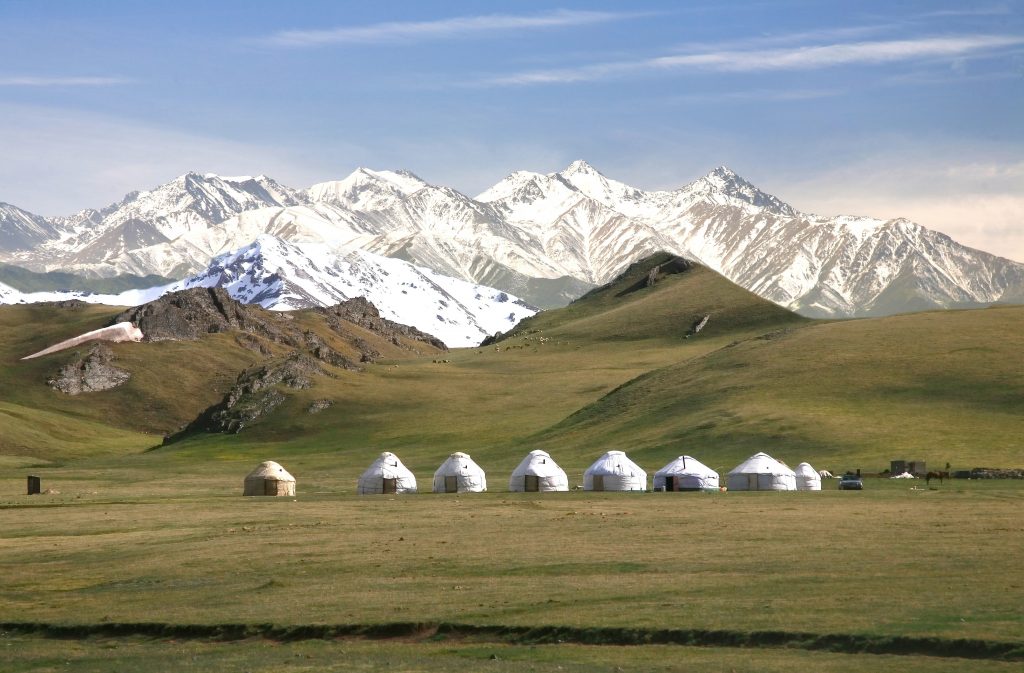
In Kyrgyzstan, a mountain peak was named after Santa Claus after a Swedish company suggested the location be a more efficient starting place for current-delivery travel around the world than Lapland.
In the Kyrgyz capital Bishkek, a Santa Claus Festival was held on 30 December 2007, attended by government officials. 2008 was officially declared the year of Santa Claus in the country. These events are being seen as a step to promote tourism in Kyrgyzstan.
Guinness World Record For Collecting Santa Claus:-
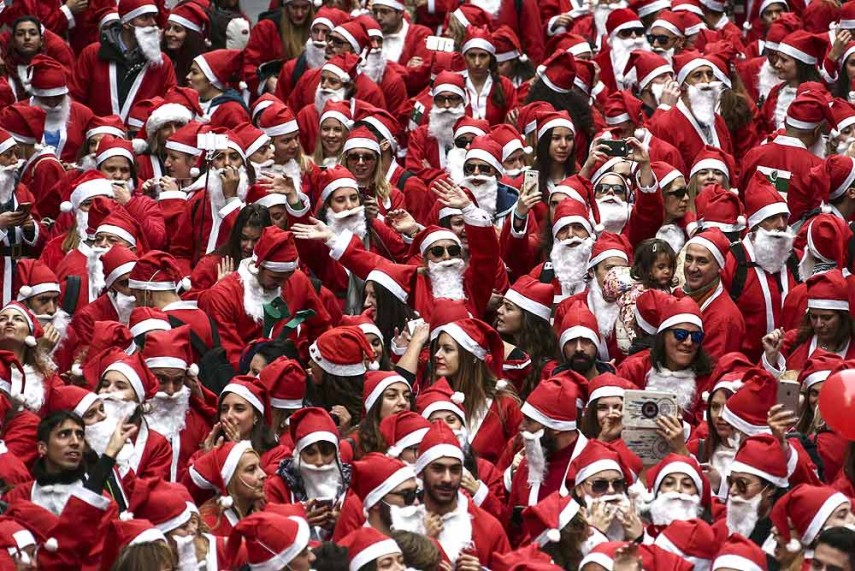
In 2005, the record was 3,921, set during a Santa Claus dress event in Liverpool city centre.
On 9 September 2007, 12,965 people dressed as Santa Claus in Derry City, Northern Ireland.
The 2009 gathering of 3,939 people dressed as Santa Claus in Bucharest, Romania.
On 27 December 2014, the largest gathering of Santa Claus was held in Thrissur, Kerala, India, where 18,112 Santa Claus held the record for the largest gathering.
Criticism
Protests From Some Christians:-

Despite Santa Claus’ mixed Christian roots, he has become a secular representation of Christmas. As such, some Protestants dislike the secular focus on Santa Claus and the materialists note that gift-giving drives the holiday. Such condemnation of Christmas is not a 20th-century phenomenon, but originated among some 16th-century Protestant groups and was prevalent among 17th-century England and the Puritans of Colonial America, who banned the holiday as either pagan or Roman Catholic.
Christmas was made legal with the Restoration but Puritan opposition to the holiday persisted in New England for nearly two centuries.
Following the restoration of the monarchy in England and the ouster of the Puritans from power, the ban on Christmas was satirized in works such as Josiah King’s The Examination and Trial of Old Father Christmas; with his clearing by jury (1686)
Rev Paul Nedergaard, a pastor in Copenhagen, Denmark, attracted controversy in 1958 when he declared the image of Santa a “pagan ghost” after it was used on fundraising material for a Danish welfare organization.
Some Christians prefer to focus the holiday on the actual birth of Jesus, believing that Christmas stems from pagan festivals such as the Roman Saturnalia and Germanic Yule that were incorporated into ancient Christianity. A small subset of Reformed Christians actually prefers the secular version of the holiday for the same reasons, believing that it is wrong to annul the Nativity of Christ for Christmas.
Symbol Of Commercialization:-
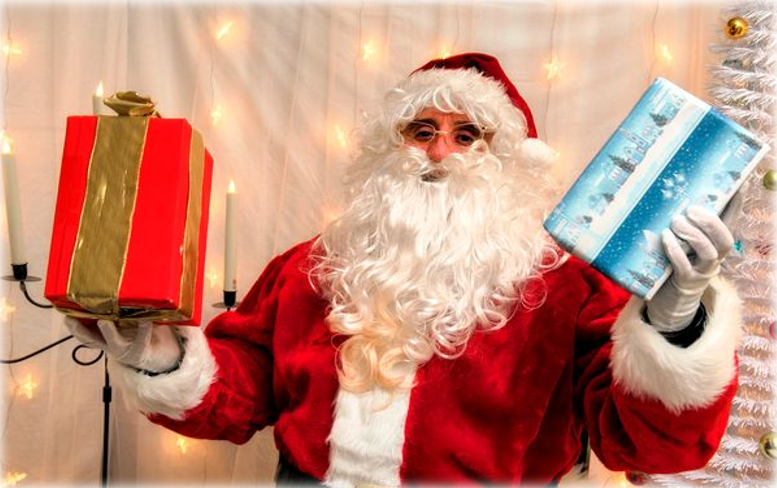
In the Czech Republic, a group of advertising professionals started a website against Santa Claus, a relatively recent phenomenon in that country
“Czech Christmases are intimate and magical. All things Santa sounds like cheap show business to me.” -By David Koenig of the Creative Copywriters Club. |
“I am not against Santa myself. I am against Santa in my own country.” In Czech tradition, gifts are given by Ježíšek, which translates as Baby Jesus.
In the United Kingdom, Santa or Father Christmas was historically depicted wearing a green cloak. Recently, it has been changed to the more commonly known red suit. A school in the seaside town of Brighton banned the use of a red suit on the mistaken belief that it was merely a sign of a Coca-Cola advertising campaign. In fact, the red-suited Santa was created by Thomas Nast.
“The red-suited Santa was created by Coca-Cola as a marketing tool. It is the epitome of professionalism.”
-By School spokeswoman Sarah James in United Kindom
Controversy Over Cheating Children:-
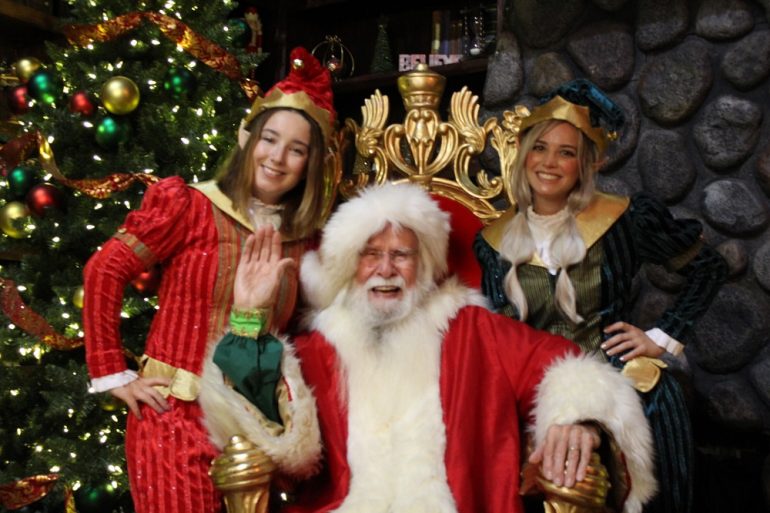
Psychologists usually distinguish between telling fictional stories that feature Santa Claus and actively trying to trick a child into believing that Santa Claus is real. Imaginative play, in which children learn that Santa Claus is only a character in a story, but pretend that he is real, as they pretend to be real superheroes such as Superman, Spiderman, Batman, or other fictional characters. Actively tricking a child into believing in the real-world existence of Santa Claus, sometimes to the extent of fabricating false evidence to convince them despite their growing natural doubts, does not result in imaginative play and Santa can increase credibility in the face of strong evidence.
Top 13 Interesting Facts About Santa Claus
In the United States, all letters addressed to Santa go to the same post office.
Santa’s chimney delivery system was invented by the same man who dreamed up the Headless Horseman.
No one is really sure who wrote: “Twas the Night before Christmas”.
Marvel Comics named Santa “the most powerful mutant ever.”
By the late 1800s, Santa Claus was a bachelor.
Santa has nine reindeer, and they help him fly his sleigh so that he can deliver presents.
‘Ho ho ho’ is Santa’s way of expressing his joy and happiness – if he said ‘ha ha ha’, people might think he was laughing at them!
Santa Claus is also known as the father of Christmas.
Santa Claus is known by many names such as St. Nicholas, St. Nick, Kris Kringle, Sinterklaas, or simply Santa Claus.
Santa toys and candy or coals or whatever depending on whether the kids are “naughty or nice”.
Saint Nicholas was canonized by Pope Eugene IV on June 5, 1446, and became known as the patron saint of children and sailors.
In the United States and Canada, children traditionally leave a glass of milk and a plate of cookies for Santa to consume.
On 27 December 2014, the largest gathering of Santa Claus was held in Thrissur, Kerala, India, where 18,112 Santa Claus held the record for the largest gathering.
Some FAQs Or Also Ask Question
Is Santa Claus still alive?
No Santa Claus is not alive. Santa Claus is dead. Archaeologists in southern Turkey say they have discovered the tomb of the original Santa Claus, also known as St. Nicholas, beneath his namesake church near the Mediterranean Sea.
Who is Santa Claus wife?
NO one knows the real name of Santa’s wife. Everyone calls her as Mrs. Claus. She was known for making delicious cookies.
Is Santa Claus god?
Santa Claus was not a god. The fact that there is no cult of Santa Claus and that he doesn’t have a substantial community of true believers might disqualify him from being a true god, as suggested by Justin L.
Santa Claus real name?
The real name of Santa claus was St. Nicholas.
Santa Claus movies?
=> There are several movies made on Santa Claus. Some of the best movies are:
- The Santa Clause
- Arthur Christmas
- Polar Express
- Get Santa
- Santa Buddies
- Fred Claus



